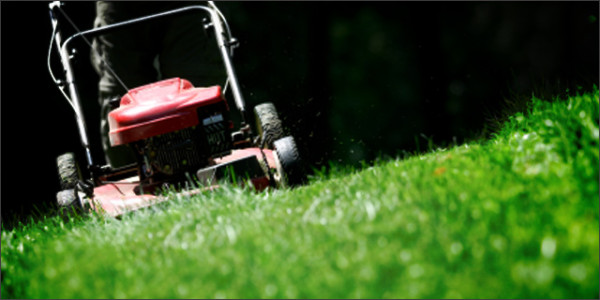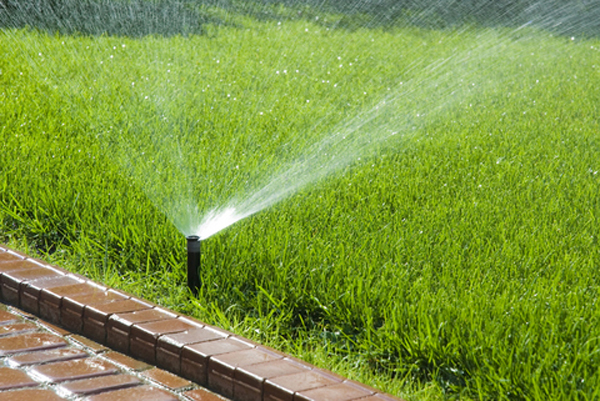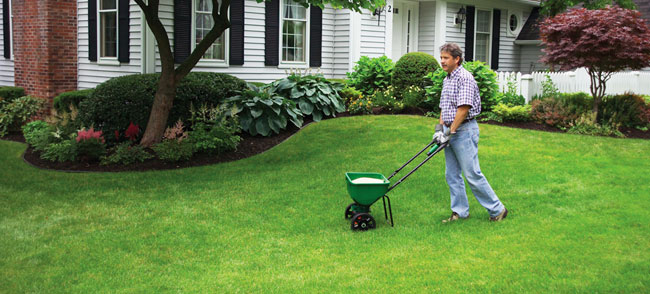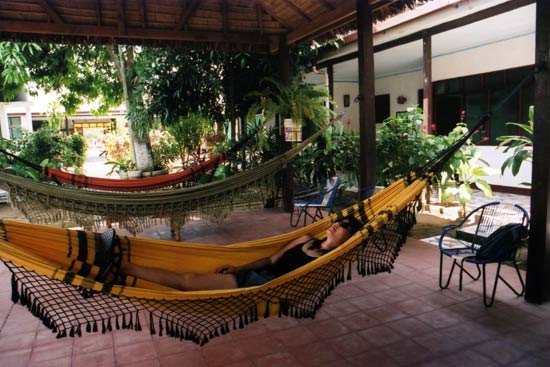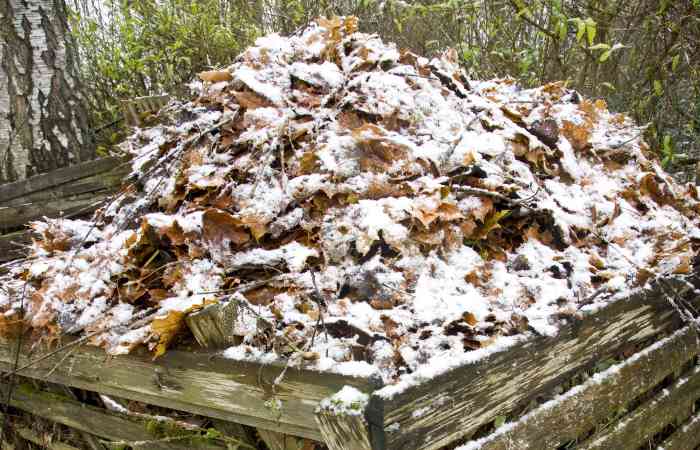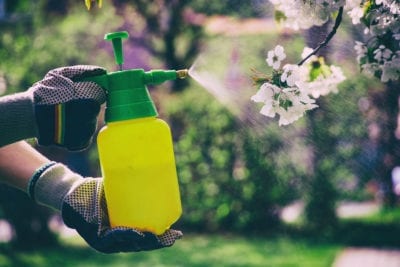Growing and maintaining a lawn might seem the easiest job (it’s only grass, after all), but, this couldn’t be more wrong. Actually, it takes a lot of time and special care. So what are the key points to consider when talking about the lawn maintenance? Mowing, watering, fetilizing and weeds/pest. Let’s take each one of them and discuss best practices.
1. Mowing It’s not just about aesthetics, it’s also a matter of health. The shorter culm, the easier it is for the root to provide all the nutrients needed. However, the longer the culm, the more sunlight it absorbs. Also, taller grass keeps the moisture longer and it helps it spread into bare spots. Ideally, you have to have it somewhere in between: around 4 inches.
2. Watering We observed a tendency: People are watering their lawns daily and for brief periods of times. This is not a good practice at all. Actually, it’s a lot healthier to water the grass infrequently and for a longer period. For example: you should water for an hour every other week, rather than 10 minutes every day. Ideally, you need to soak 6-8 inches of soil and this is not going to happen in 10 minutes. It’s very important for water to get deeper into the ground; that way, your roots will grow deeper. A brown grass is not necessarily dead. The core can live underground for a long time, even if it looks “not-so-alive” at the surface. However, if you want a green lawn all the time, even during dry spells, start watering when the grass changes its color to a grey. Keep in mind, the best time to water is early in the morning. This way, you will avoid fast evaporation, like it would happen if you do it in the afternoon.
3. Fertilizing We recommend a granular fertilizer (slow-acting). This will slowly release nutrients for a long period of time. The best time to do this is every fall (October or November); if you follow this schedule, your plants will strengthen and develop increased resistance.
4. Weeds/Pest If your lawn is healthy, weeds won’t be a very big problem. Of course, they will show up, but not in uncontrollable amounts. In small numbers, they don’t do much harm and you can just pull them out. If necessary, you can use a low-toxicity herbicide. Same goes for pest. If your lawn is healthy, this issue should not arise. If you really need to use a solution, make sure it’s designed specifically for each type of harmful insect. If you get a “kill-them-all” solution, it might get rid of everything that’s living, and this includes the grass.

